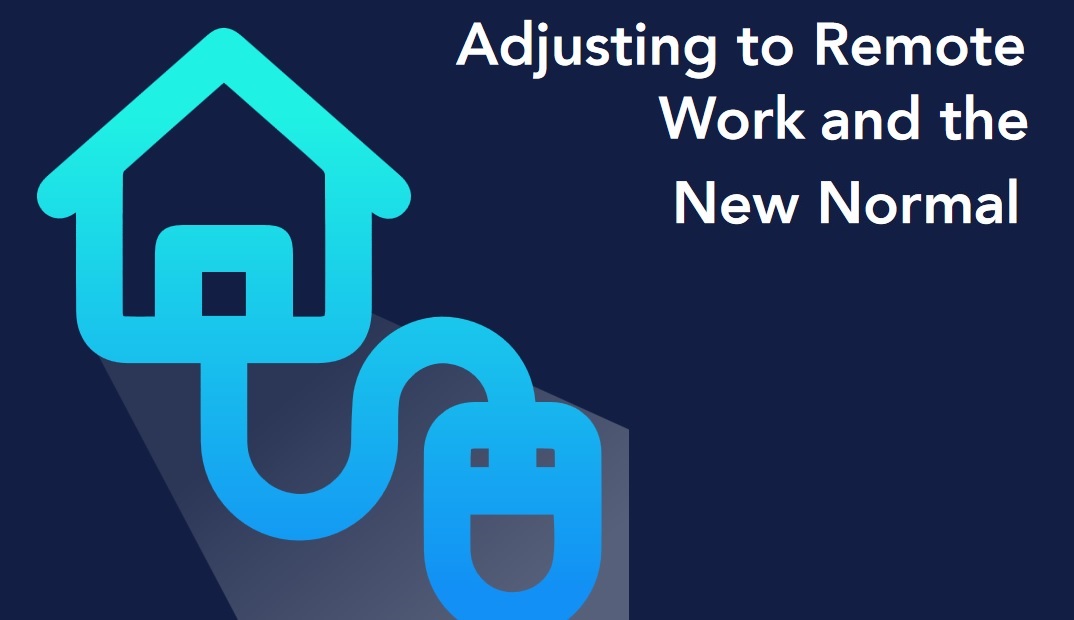During the COVID-19 pandemic, top-tier enterprises were 2.6 times as likely to have grown revenue, 2.5 times as likely to have reached profit goals and 2.1 times as likely to have high employee satisfaction numbers, according to 2020 CIO Survey Report: Adjusting to Remote Work and the New Normal, a new Catchpoint survey of 200 enterprise CIOs and 200 enterprise work-from-home (WFH) managers.

Before COVID-19 hit, roughly one in three (33 percent) American enterprise employees worked from home at least some of the time. During the pandemic, this increased to three in four (74 percent).
In terms of engaging with customers, prior to the pandemic, less than half (43 percent) of customer engagements were face-to-face. During the pandemic, this dropped to just one in eight (13 percent).
The COVID-19 pandemic has been tough on most enterprises. The survey shows that the 3 biggest impacts on businesses were profitability, revenue growth and productivity. Within IT departments, the biggest impacts were security, app reliability and network availability.
"When it comes to today's Digital Workplace, reliable performance is critical for employee productivity and morale, and with a fast-increasing number of employees working from home, systems are more prone to reliability, availability and performance issues affecting remote workers," said Mehdi Daoudi, CEO at Catchpoint. "The ability to measure, visualize and proactively react to outages and slowdowns can deliver a 1st class digital employee experience."
Not every enterprise had the same experience and some did surprisingly well during the pandemic. To see the differences, the survey divided the responses into three tiers. Top tier are organizations that performed the best in terms of business and IT metrics and bottom tier performed the worst. Catchpoint then compared the top and bottom tiers to explore those differences and what the top tier was doing differently.
The survey found 4 keys to top-tier enterprises' impressive results:
1. Focus on Reliability
The top tier is fully committed to reliability. Nearly all (91 percent) of the top tier has implemented a formal site reliability engineering methodology (SRE). This compares to just 69% of bottom-tier organizations.
2. Focus on Work-from-Home Tech Stack
The top tier is committed to making Work-from-Home (WFH) employees as productive as possible. For example, the top tier is 33 percent more likely to train their employees on work-from-home technologies.
The top tier also does a better job of equipping their WFH employees — nearly 3X as likely to say their employees' collaboration tools are extremely effective.
3. General Networking Initiatives
Top-tier organizations are more engaged with cutting- edge initiatives that optimize remote work. For example, top-tier are 1.8 times as likely to be involved with robotic process automation.
4. Security Initiatives
Finally, top-tier organizations are also more engaged with cutting-edge security initiatives. Top-tier reported being 1.4 times as likely to be involved with better security management and working with software-defined perimeters.
Methodology: Catchpoint commissioned ReRez Research of Dallas, TX to conduct the survey. CIOs and managers came from enterprises with at least 1,000 employees and were geographically dispersed across the United States and comprised a wide range of industries. Enterprise managers surveyed worked from home during the crisis and used a computer for 50 percent or more of their day.
